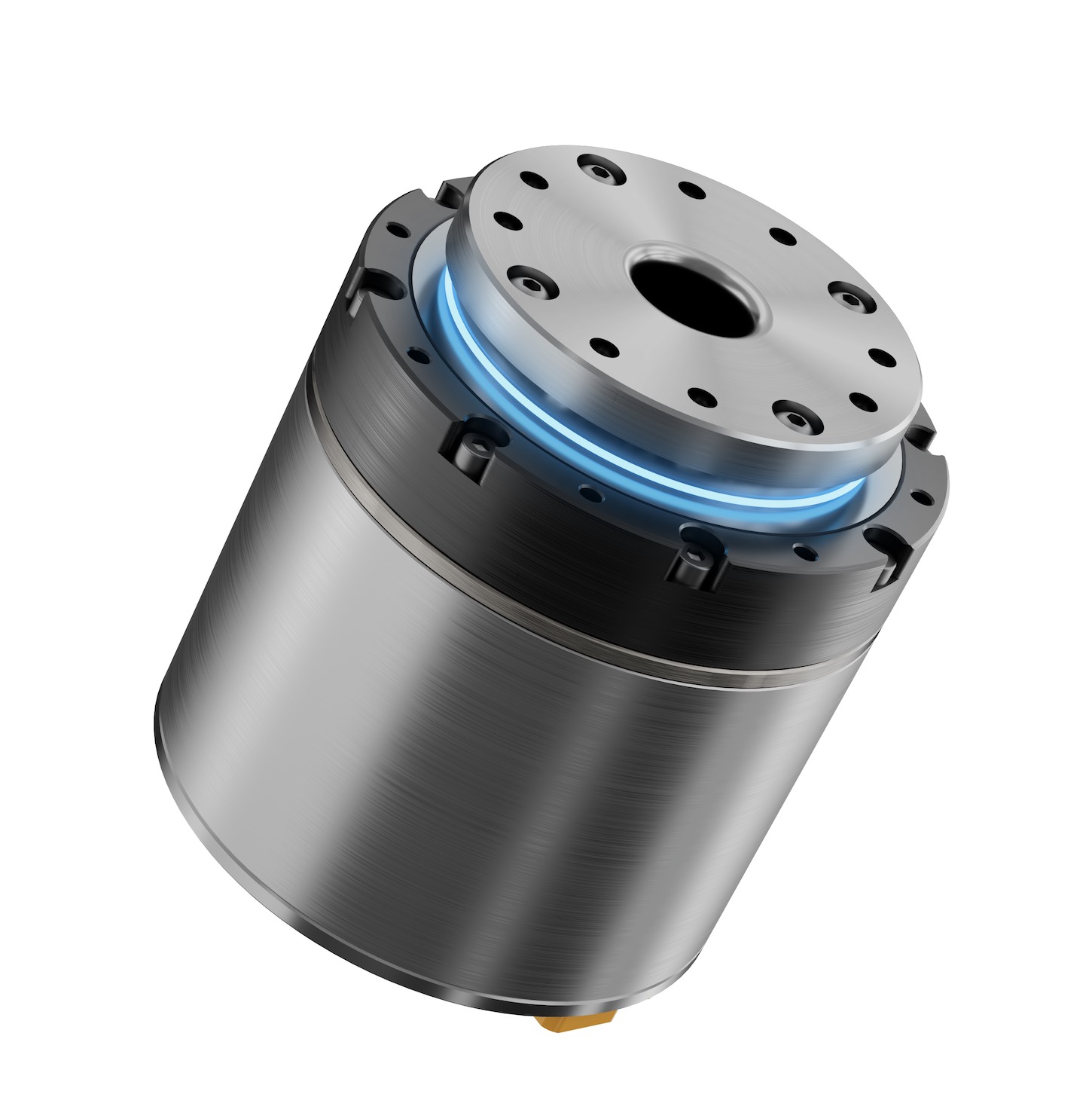Is the Difference Between RV Reducer and Harmonic Speed Reducer?
In modern mechanical engineering, reducers play a crucial role as essential components in power transmission. Among the various types of high-precision reducers available, RV Reducers and Harmonic Speed Reducers stand out due to their unique technological features and application advantages. This article delves into their structural principles, operational characteristics, and specific industrial applications to help readers gain a comprehensive understanding and make informed choices regarding these sophisticated devices.
1. Structural Design and Working Principles
RV Reducers employ a flexible gear mechanism consisting of two ring gears: one internal and the other external. The internal gear typically comprises several large gears, while the external gear consists of multiple smaller gears interconnected via flexible couplings. This configuration allows RV Reducers to achieve high-precision speed and torque outputs, making them suitable for applications that demand precise control and high transmission efficiency.
In contrast, Harmonic Speed Reducers feature a more intricate and refined design. They utilize flexible metal bellows as their flexible driving elements, which deform elastically under load. This deformation results in a controlled transmission of torque and motion, characterized by smooth operation and minimal backlash. Harmonic Speed Reducers excel in applications requiring ultra-precision and high-torque transmission, such as robotic arms and medical devices.
2. Operational Characteristics
The operational characteristics of RV Reducers are marked by their robustness and reliability in industrial settings. With a compact footprint and high torsional rigidity, RV Reducers offer excellent positional accuracy and repeatability. They are widely used in robotics, aerospace, and semiconductor manufacturing, where precision and reliability are paramount.
On the other hand, Harmonic Speed Reducers are renowned for their exceptional backlash-free operation and high torque density. Their unique wave generator and flex spline design ensure smooth motion and accurate positioning, making them ideal for applications requiring precise motion control, such as CNC machining centers and optical instrumentation.
3. Performance and Efficiency
When it comes to performance, RV Reducers are preferred for applications that prioritize efficiency and minimal power loss. Their gear meshing design ensures efficient power transmission with low heat generation, contributing to energy savings and extended operational lifespan. This makes RV Reducers suitable for continuous-duty applications in industrial automation and material handling systems.
In terms of efficiency, Harmonic Speed Reducers excel in providing high torque output with minimal energy loss. The harmonic drive principle allows for precise torque multiplication and control, enabling smoother acceleration and deceleration profiles in robotic applications and high-speed printing presses.
4. Industrial Applications
RV Reducers find extensive use in various industrial sectors, including automotive assembly lines, where synchronized motion and high-speed capabilities are essential. Their ability to maintain accuracy under dynamic loads and harsh operating conditions makes them indispensable for high-volume production environments.
Conversely, Harmonic Speed Reducers are prominently featured in applications requiring superior motion control and positioning accuracy. Industries such as medical robotics, where intricate surgical procedures demand precise movement and minimal vibration, benefit greatly from the harmonic drive technology's inherent characteristics.
5. Considerations for Selection
When selecting between RV Reducers and Harmonic Speed Reducers, several factors should be considered. For applications demanding compact size, high efficiency, and cost-effectiveness, RV Reducers offer a practical solution. Alternatively, for applications requiring ultra-precision, smooth operation, and minimal maintenance, Harmonic Speed Reducers provide unparalleled performance.
In conclusion, while both RV Reducers and Harmonic Speed Reducers serve as advanced solutions for precise power transmission, their distinct design principles and operational characteristics cater to different industrial requirements. Understanding these differences is crucial for selecting the right reducer to optimize performance, efficiency, and reliability in specific applications.


















